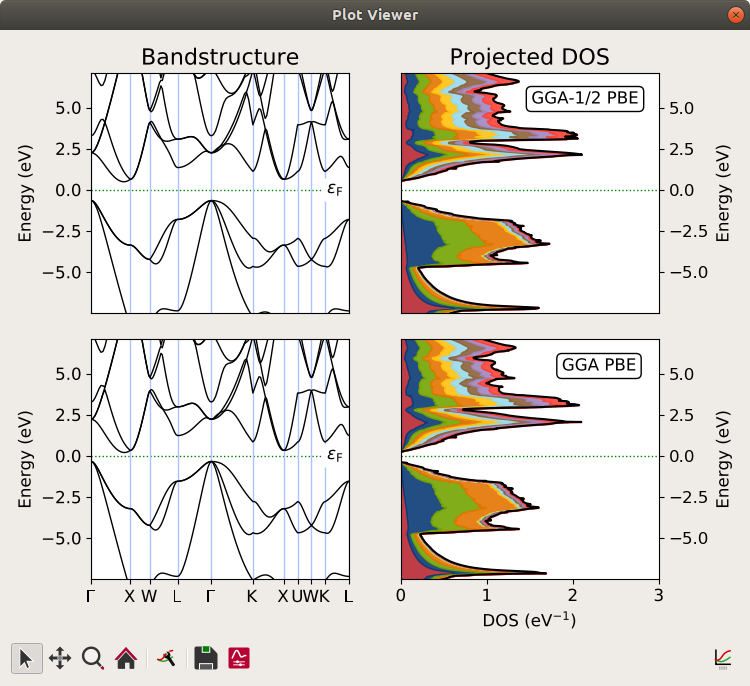

The intercalation of terbium below a pure buffer layer led to the formation of a highly n-doped graphene monolayer decoupled from the SiC substrate, as evidenced by ARPES and x-ray photoelectron spectroscopy measurements. This so-called composite fermion consists of one electron and two different types of magnetic flux, illustrated as blue and gold colored arrows in the figure. In addition, we demonstrate that atom intercalation proceeds either below the buffer layer or between the buffer layer and the monolayer graphene. Research Reveals Exotic Quantum States in Double-Layer Graphene A new type of quasiparticle is discovered in graphene double-layer structure. The electronic band structure of graphene exhibits a so-called Van Hove singularity, where the density of. After terbium intercalation angle-resolved-photoelectron spectroscopy (ARPES) showed a drastic change in the band structure around the K points of the Brillouin zone: the well-known conical dispersion band of a graphene monolayer was superposed by a second conical dispersion band of a graphene monolayer with an electron density reaching 10 15 cm − 2. As graphene is doped, the Fermi level (green line) moves up to the Van Hove singularity and beyond, resulting in enhanced many-body effects that can produce collective states such as unconventional forms of superconductivity and magnetism.

The generalized gradient approximation (GGA) as an exchange-correlation is used. The linear density of states near zero energy is clearly seen, as is the discontinuity at the top of the upper band and bottom of the lower band (an example of a Van Hove singularity in two dimensions at a maximum or minimum of the the dispersion relation). QuantumWise software: ATK/Virtual Nano Lab based on DFT and NEGF has been used to calculate adsorption energy, band structure and density of states for co-doped armchair graphene nanoribbon in different geometries as shown in figure 1. Density of States of Simulated Graphene Nanoribbon Field Effect Transistor Device A significant and distinct change in the DOS of FET device have been observed in the presence of different target gas molecules. We obtained highly n-type doped graphene by intercalating terbium atoms between graphene and SiC(0001) through appropriate annealing in ultrahigh vacuum. The density of states of graphene, computed numerically, is shown in Fig. The DOS and IV-characteristics of simulated FET based sensor have been calculated. Figure 3: Gate dependence of graphene density of states near the superlattice Dirac points for a 13.4 nm moiré pattern.


 0 kommentar(er)
0 kommentar(er)
